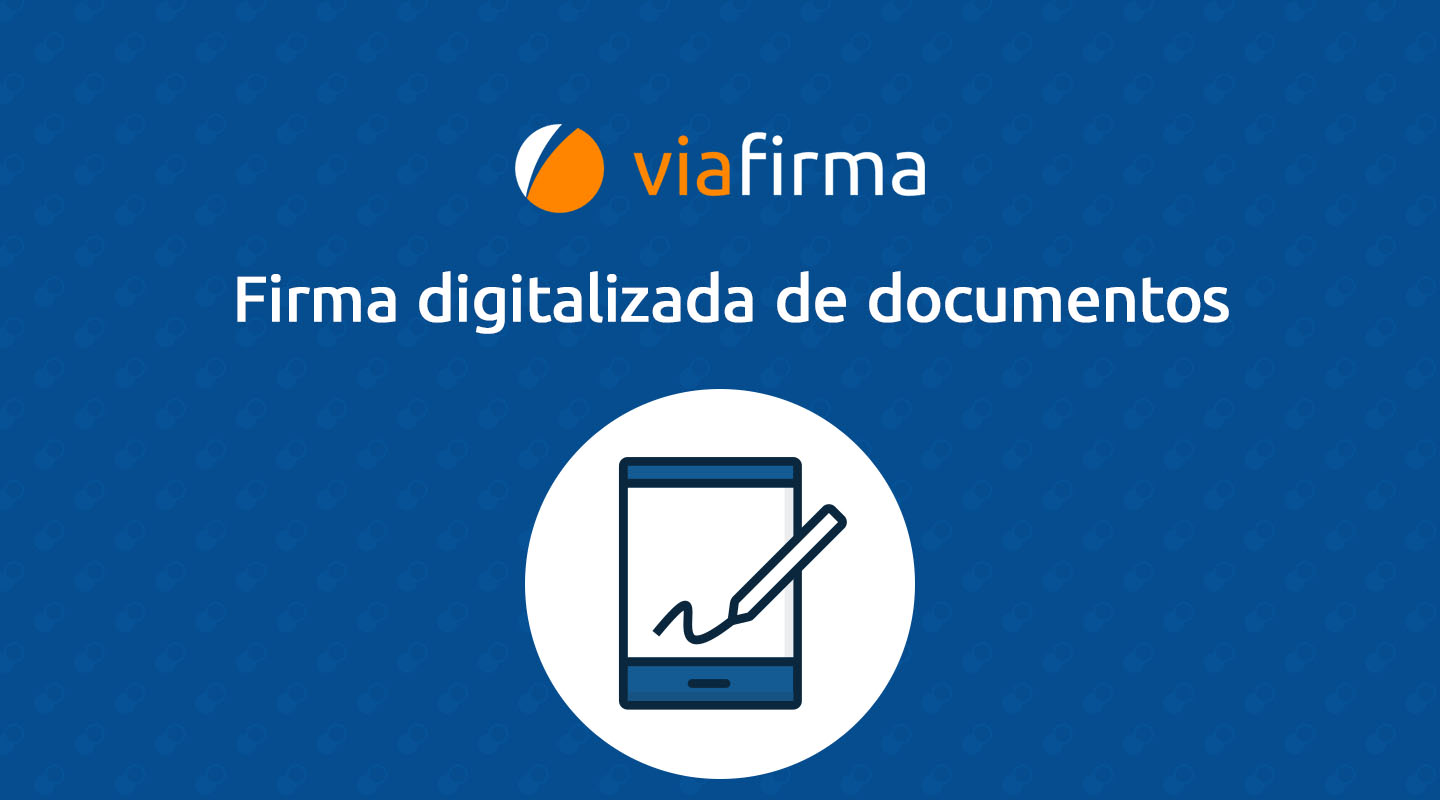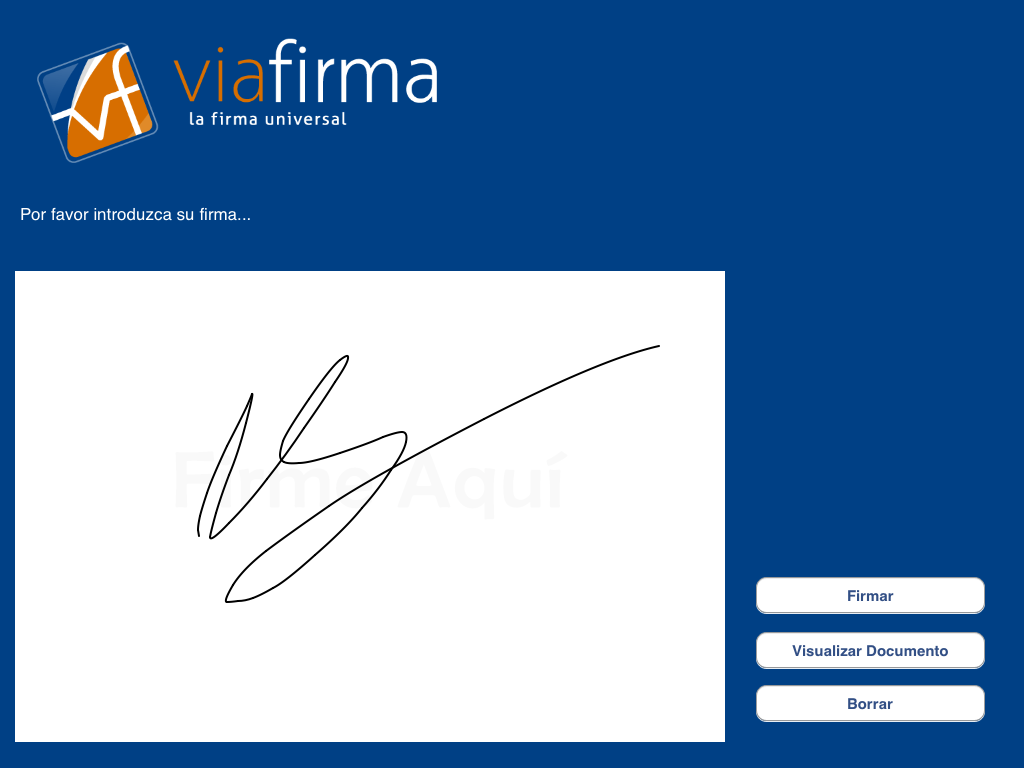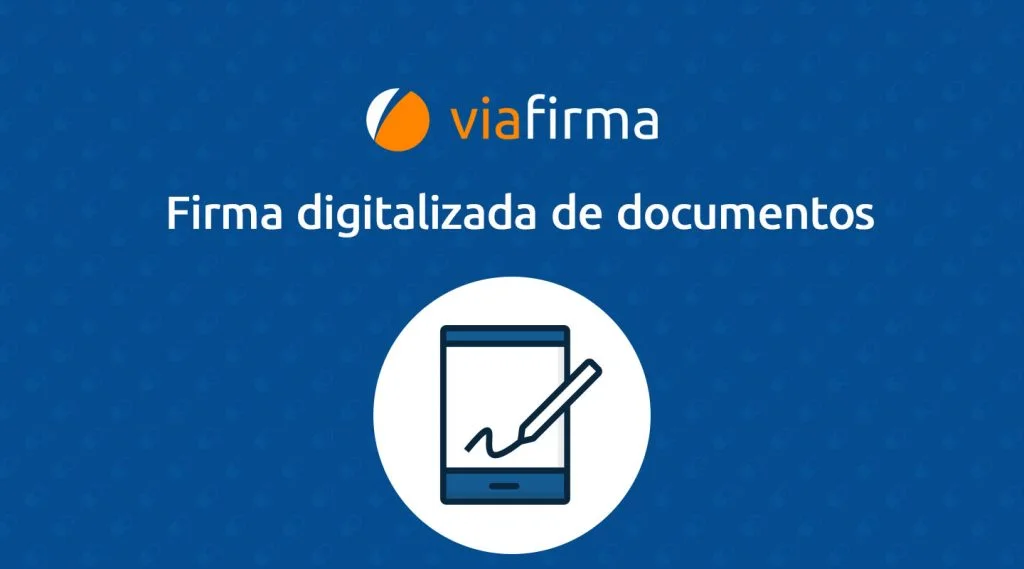Would you like to learn what an electronic signature is by example? First of all, I would like to clarify that there is no “fixed” meaning in the industry for this type of signature, which we call digitized signature, very similar to what can happen with the term digital signature and electronic signature.
Introduction to digitised signature
When we talk about digitized signature, we are talking about electronic handwritten signatures that we make on graphic tablets in various usage scenarios such as:
- Pagos con tarjeta de crédito (muy típico en Mercadona y El Corte Inglés)
- Recepción de pedidos con Correos y otras empresas de mensajería
- Firmas de contratos de alquiler de coches
- Y tantos otros ejemplos
Specific tablets from manufacturers such as Topaz, Symbol, etc., or even tablets with capacitive screens such as the iPad, are normally used for digitized signatures.

Is the digitalized signature legal?
Law 59/2003, of December 19, 2003, on electronic signatures, regulates the validity of electronic signatures in Spain and their equivalence to traditional handwritten signatures, but refers specifically to signatures based on digital certificates. Specifically:
- Article 3, 3. “A qualified electronic signature is an advanced electronic signature based on a qualified certificate and generated by means of a secure signature creation device”.
- Article 3, 4. “A qualified electronic signature shall have the same value with respect to data recorded in electronic form as a handwritten signature has with respect to data recorded on paper”.
Is the digitized signature equivalent to an advanced electronic signature?
In view of this, it seems difficult to conclude that a digitized signature can acquire the character of direct recognition of a handwritten signature. But this does not mean that it is “not legal”, and we can resort to the general rule, recovering as much legal evidence as possible. It is obviously a simple electronic signature, and could even be considered advanced if the criteria set out in the aforementioned Law are met:
- Article 3, 2. “An advanced electronic signature is an electronic signature that makes it possible to identify the signatory and to detect any subsequent changes to the signed data, that is uniquely linked to the signatory and to the data to which it refers, and that has been created by means that the signatory can maintain under his exclusive control”.
- Article 3,9. “An electronic signature that does not meet the requirements of a qualified electronic signature in relation to the data with which it is associated shall not be denied legal effect solely on the grounds that it is in electronic form”.
Can the signer be identified and any subsequent changes to the data in a digitized signature be detected? Can the signature be uniquely linked to the content to be signed? Can the means of signature creation be kept under the sole control of the signer? Yes, if done right. In another post we will explain Viafirma’s approach to the digitalized signature, which ensures the capture of enough data and evidences (cryptographic, biometric, etc.) to guarantee the fulfillment of the advanced electronic signature requirements.

Use cases of digitalized signature: When should I use it?
Although in our view, by default, any paperless project should contemplate in the first place a certificate-based signature, it is also true that there are scenarios in which the use of digitized signatures can be very interesting. Let’s see some examples:
- Electronic informed consent. It is a document that is usually signed by patient and physician, in many cases in-situ, and it can be complicated for the patient to have a valid digital certificate at that moment (another approach could be, for example, the use of the DNIe in mobility, but it is undoubtedly easier to use the digitalized signature).
- Signing of on-site contracts: rental contracts, bonds, labor contracts…
- Acknowledgements of receipt, etc.
Viafirma Platform, the solution to include your digitized signature
A few months ago, we updated our platform services and Viafirma Platform API’s, so that the integration to include digitalized signature in web applications (and native applications thanks to our Viafirma Mobile SDK) is a simple call, of the same type as to include signature with digital certificates, changing a parameter. This way, any of our customers can include digitalized signature and/or advanced and recognized electronic signature, in desktop and mobile computers.
For the digitized signature, depending on the call parameters, the signature can be used in the integrated client application with Topaz tablets (with Windows desktop computers and a Topaz tablet connected by USB) or even in mobility with Apple iPad tablets. Viafirma Platform is in charge of isolating and encapsulating the logic, reducing the complexity for the integrator to simply use one or another method and pass different parameters.
This way, including digitized handwritten signature logic is as easy as any other type of signature integration with Viafirma Platform. It should be noted that the two supported modalities (with Topaz and with iPad) include biometric data capture, information encryption and time stamping with legal validity of the operation.
We are currently developing on this technology an interesting electronic informed consent project that we will communicate at the end of the project.
Finally, we leave you a simple video from 2012 where you can see that back then, we were already making legal signatures. In this case a digitalized signature made on an iPad, using the Viafirma demo.
